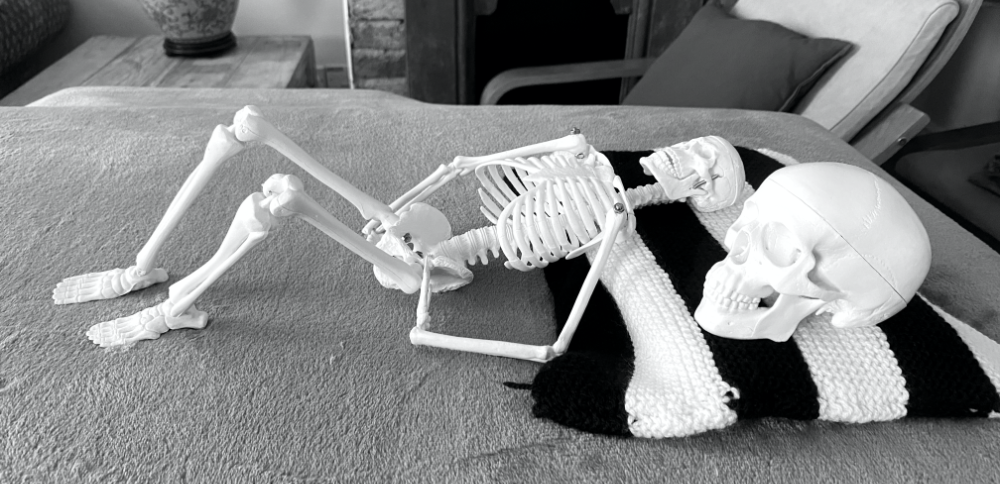Pain is complex. Therefore, so is the relief of pain.
If you touch a hot stove, the pain system alerts the nervous system which triggers the 'fight or flight' response to move the body away from the source of injury and avoid tissue damage. The anticipation of pain triggers the same response.
We all tend to react similarly to the initial pain, such as an injury. It's our reactions that vary, affected by emotion, mood, context, past experiences. Sometimes pain can simply be a case of an overload of sensation.
Some of us reach for painkillers, some can bear it simply with a big "OUCH" or even a laugh. Personally, I always wondered how, when I took a painkiller, the drugs knew where to go in my body (spoiler: they don't). Some painkillers just act on the emotional, reactive centres of the brain so that we still feel pain but just don't mind it as much. Cognitive Behavioural Therapy has proven effective in pain management for some people.
There is no way to measure pain other than to ask the person to give it a score, and there are myriad scoring systems used across the medical and wellbeing world. Scores are based on everything from acuteness, duration and environmental factors.
At a recent Alexander Technique Congress, we heard from several pain experts. There were updates to the clinical trials for AT and back pain held in 2008 which show that lessons helped reduce pain. There were explanations of how the nervous system responded to pain and injury.
One great example of the pain process was a person stepping on a piece of glass. They say "OUCH" and attend to the site of injury. As they do so, a cyclist comes along and knocks them over. This distraction means that the pain from the initial injury subsides as the person deals with this new threat. When the new threat passes, the initial injury pain resurfaces...
Our nervous systems are incredible. The threat of attack makes us subdue all the functions that might get in the way, such as digestion and sensory systems, and redirect resources so we can fight or run away. People with injuries can sometimes manage almost superhuman feats in a crisis - their pain threshold raises so they can carry on dealing with the situation.
Another point raised was that if we believe there is a mechanical disfunction in our body, e.g. "The doctor said there was cartilege damage in my knee" then the perception of pain was raised. If we believe that there is nothing to be done, it hurts more.
This is not to say that pain should be ignored. It's our body's way of telling us to address a potential threat.
However, chronic pain can make us hold our bodies in a way that reduces the pain, or the expectation of it. In my work as an Alexander Technique teacher, I often find that my pupil has adapted themselves to an old injury to protect it while healing, and these habits persist long afterwards.
The threat of pain makes us tense, which can help in the moment. But we can start to normalise the threat, and as humans, we never fully complete the threat/fight/flight cycle as animals do.
We have to retrain our nervous systems to recognise real danger and not expect it all the time. Alexander Technique helps us to address the mental and physical cues and responses as an integrated whole self. In a lesson, we look at how the body can be poised for protection when no threat exists - whether the threat is actual or low-level persistent, such as worries about day-to-day living.
Alexander Technique is a re-education process. It's not a therapy, although its benefits are therapeutic. This means that the 'pupil' must be fully engaged in the process, addressing habits that are unhelpful and learning how to drop them to make way for new, useful habits. And we're not talking about giving up smoking and taking up exercise, although of course those things help, we're talking about the way we habitually move and think. How we unbalance ourselves in walking, moving, standing, sitting, and thinking. We won't even be aware of half the things we do that can contribute towards dysfunction, so that's why a teacher can help work these things out. The result is that your whole system works much better and in a more coordinated way.
Recalibration of the pain system needs to be both a mental and physical process. Of course we need to look at the cause of the pain, but then we need to retrain our alert system. Understanding of pain promotes recovery.

